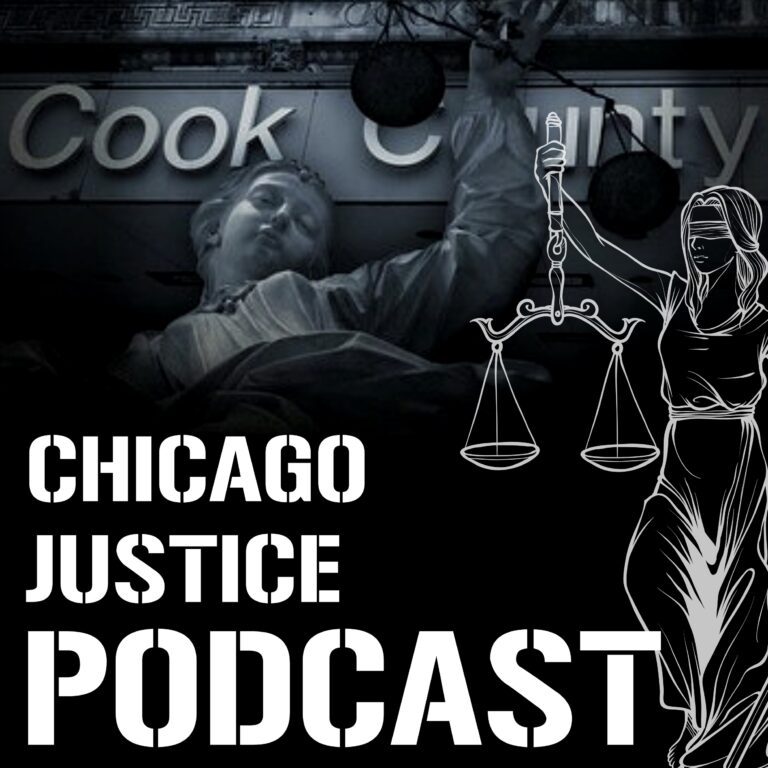 when it comes to gun violence. Rob did a commendable job attempting to make the comparison; the problem is that so much of what is at the root of the problem is embedded in each nation’s culture. Unfortunately, this is not an issue that many journalists are well equipped to tackle, and despite Wildeboer’s best effort, he also fell short of the mark.
when it comes to gun violence. Rob did a commendable job attempting to make the comparison; the problem is that so much of what is at the root of the problem is embedded in each nation’s culture. Unfortunately, this is not an issue that many journalists are well equipped to tackle, and despite Wildeboer’s best effort, he also fell short of the mark.It is impossible to attempt to explain the levels of gun violence in Chicago without tackling the issues of race and class, because Chicago is a highly segregated city both in terms of class and race lines. This is not something that has occurred overnight or even over the past few years, but has been orchestrated by urban planners and politicians over the course of decades. To try to comprehend why gun violence is so high now we must understand what political and public policy decisions have been made in the past that created these circumstances.
We place exclusive blame on the Englewood man who pulls the trigger in anger, yet fail to address the factors that helped derail his life even before he was born, namely the abandonment of the his community in favor of the wealthy white ones. Without this context, trying to understand why someone would be in the position to pull that trigger is mostly fruitless. Now, trying to understand the circumstances and context that would lead two totally different people from two different cultures to attempt murder is a nearly impossible feat, especially for journalists who unfortunately do not have the time or an academic team to research. This is not to say that every murder or shooting in underserved communities in Chicago is directly related to the last 30 years, but it is to say that just about all are.
Below I provide two examples of violence driven by the decisions and actions of institutions. To understand the role of institutions journalists must look below the surface facts and delve into the history of a community and city.
TIFs as gun violence generators
A quick review of how Tax Increment Financing dollars have and have not been spent over the last 25 years is evidence enough about how the city prioritizes whose interests to represent.
“Developers received $505 million in subsidies, just over 30 percent of the total TIF money spent by Mr. Daley. Those payments included $5.4 million to United Airlines to move its headquarters to Willis Tower, $13.7 million for the insurance giant CNA to renovate its South Loop headquarters and $8.5 million to help renovate the Carbide and Carbon building to house the Hard Rock Hotel on Michigan Avenue.
The city also spent more than $200 million buying properties, razing vacant buildings and cleaning up toxic land, mostly for the benefit of private developments.
Another $90 million, or 5 percent of total spending, was used for program administration, consulting and legal services, and for job training for businesses in select districts. “ New York Times via Chicago News Cooperative (“TIF Aided Public and Private Projects Almost Evenly, Analysis Shows“, Aug. 6, 2011)
 It does not take a statistical wizard to figure out that the City spent about $90 million on a variety of programs that included some money spent on job training. At the same time, the City spent $505 million on subsidies for developers. When you talk about subsidies for developers, you are usually talking about using public dollars to subsidize gentrification. When a community gentrifies, its poor residents are now forced to scatter across the city to even lower income areas. What tends to be spurred by this movement? Gun violence. Why? Because this movement across the city spurs gang conflicts as gangs try to fight over turf that continues to shrink. Also, don’t forget that we have the families from the gentrified communities now seeking to move to a community that may or may not be of the same gang affiliation as their child. This also spurs gun violence.
It does not take a statistical wizard to figure out that the City spent about $90 million on a variety of programs that included some money spent on job training. At the same time, the City spent $505 million on subsidies for developers. When you talk about subsidies for developers, you are usually talking about using public dollars to subsidize gentrification. When a community gentrifies, its poor residents are now forced to scatter across the city to even lower income areas. What tends to be spurred by this movement? Gun violence. Why? Because this movement across the city spurs gang conflicts as gangs try to fight over turf that continues to shrink. Also, don’t forget that we have the families from the gentrified communities now seeking to move to a community that may or may not be of the same gang affiliation as their child. This also spurs gun violence.
This is also evidence about how the latest Mayor Daley valued professional jobs over industrial or manufacturing. It is obvious that moving Boeing’s offices to the loop actually creates few jobs when compared to, say, moving Toyota’s factory to the city using the same public funds. The city spent dollars on blue-collar job training, but spent more to bring in white-collar jobs. Now, there might indeed be a small number of retail or fast food jobs created by moving a large number of white-collar jobs to the city, but those numbers pale in comparison to the number of jobs created by luring a factory rather than a corporate office.
Charter Schools as Gun Violence Generators
 I have written before on this blog about the experiences of the youth at Collins High School and Little Village High School. In this example, the city under Daley closed Collins (which was in North Lawndale – 95 % Black and strongly affiliated with the Vice Lords gang) and shipped those kids to Little Village High School (99% Latino and affiliated with a variety of Latino based gangs). What was the outcome? Gun violence! Wow, wasn’t that predictable? Why did they close Collins High School and ship the kids into circumstances they knew or should have known would result in serious violence? Money, of course! Collins was turned into three charter schools because the powers that be targeted North Lawndale for gentrification. The Mayor’s buddies bought property around and near the park and some brand spanking new (and expensive) town houses were built. Too bad for all those investors, because the Olympics bypassed Chicago – the park Collins is situated in was going to host one of the events– and all the Mayor’s buddies lost their shirts. Unfortunately, the late Michael Scott lost much more than his shirt.
I have written before on this blog about the experiences of the youth at Collins High School and Little Village High School. In this example, the city under Daley closed Collins (which was in North Lawndale – 95 % Black and strongly affiliated with the Vice Lords gang) and shipped those kids to Little Village High School (99% Latino and affiliated with a variety of Latino based gangs). What was the outcome? Gun violence! Wow, wasn’t that predictable? Why did they close Collins High School and ship the kids into circumstances they knew or should have known would result in serious violence? Money, of course! Collins was turned into three charter schools because the powers that be targeted North Lawndale for gentrification. The Mayor’s buddies bought property around and near the park and some brand spanking new (and expensive) town houses were built. Too bad for all those investors, because the Olympics bypassed Chicago – the park Collins is situated in was going to host one of the events– and all the Mayor’s buddies lost their shirts. Unfortunately, the late Michael Scott lost much more than his shirt.
Conclusion
Neither example is easy to fit into a two nor three minute radio news story, or even a news article in what remains of our dailies. If journalists don’t find a way to include the effects of racism and class divides into their reporting, we are going to continue to ignore it and allow communities to be devastated by the violence. There is no cure in which the police department can be the sole player; everyone knows the steps that need to be taken, but there is no political will to take action. Instead, we offer corporate giants millions of public dollars to move their operations into the loop so our politicians can claim they are creating jobs. Racism and classism run deep in the policies and practices of our entire city, and until they are challenged nothing will change. There can be no cure for the violence that plagues many parts of our city without seeking redress of the many crimes that have been thrust upon these communities by our political leaders over the last decades. No matter how many Chicago Police Officers we hire, violence in Chicago will not be greatly reduced until we have provided an alternative to gang membership for the youth of our city.
Gentrification is not a cure for poverty and violence; on the contrary it merely displaces these problems and makes them worse. The alternative must be to provide living wage jobs and a redistribution of the city’s resources to include every community. Easy, right?



